Honeywell, the same company that might make your humidifier or home security system, is unveiling a powerful quantum computer that will be available to the public.
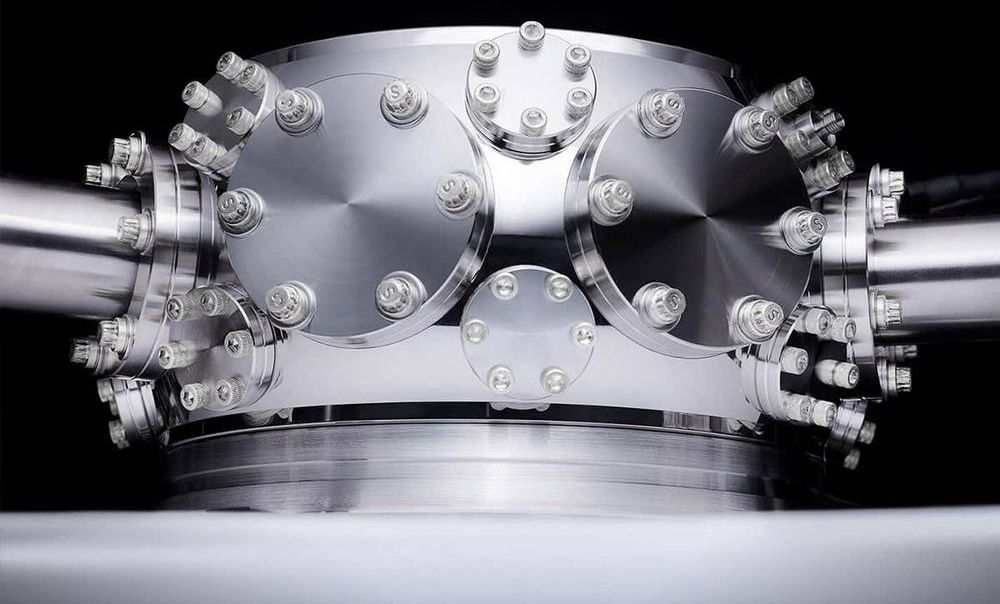

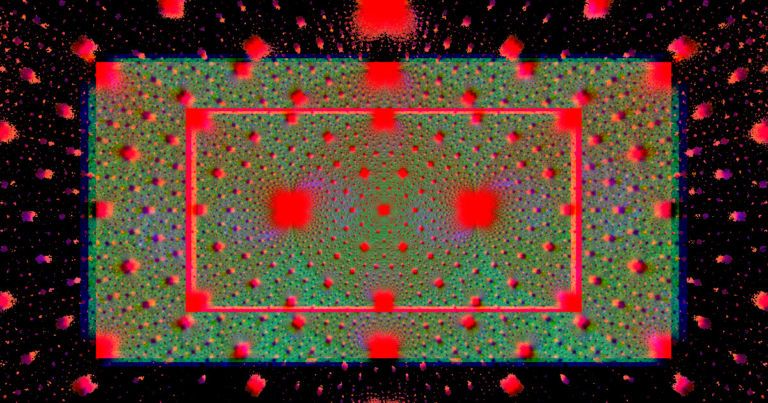
If it works, they would be able to input quantum information into one “black hole” circuit, which would scramble, then consume it. After a little while, that information would pop out of the second circuit, already unscrambled and decrypted. That sets it apart from existing quantum teleportation techniques, Quanta reports, as transmitted information emerges still fully scrambled and then needs to be decrypted, making the process take longer and be less accurate as an error-prone quantum computer tries to recreate the original message.
While the idea of entangled black holes and wormholes conjures sci-fi notions of intrepid explorers warping throughout the cosmos, that’s not quite what’s happening here.
Rather, it’s an evocative way to improve quantum computing technology. Recreating and entangling the bizarre properties of black holes, University of California, Berkely researcher Norman Yao told Quanta, would “allow teleportation on the fastest possible timescale.”
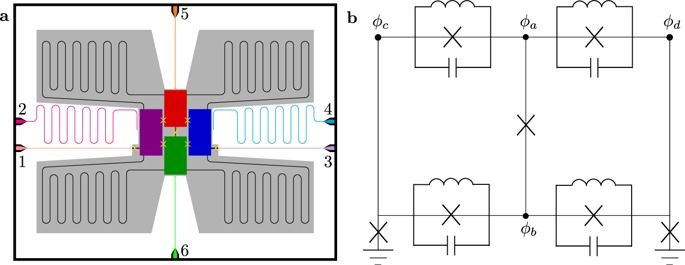
Circa 2019 the quantum computer could control time.
Scientific Reports volume 9, Article number: 13389 ( 2019 ) Cite this article.
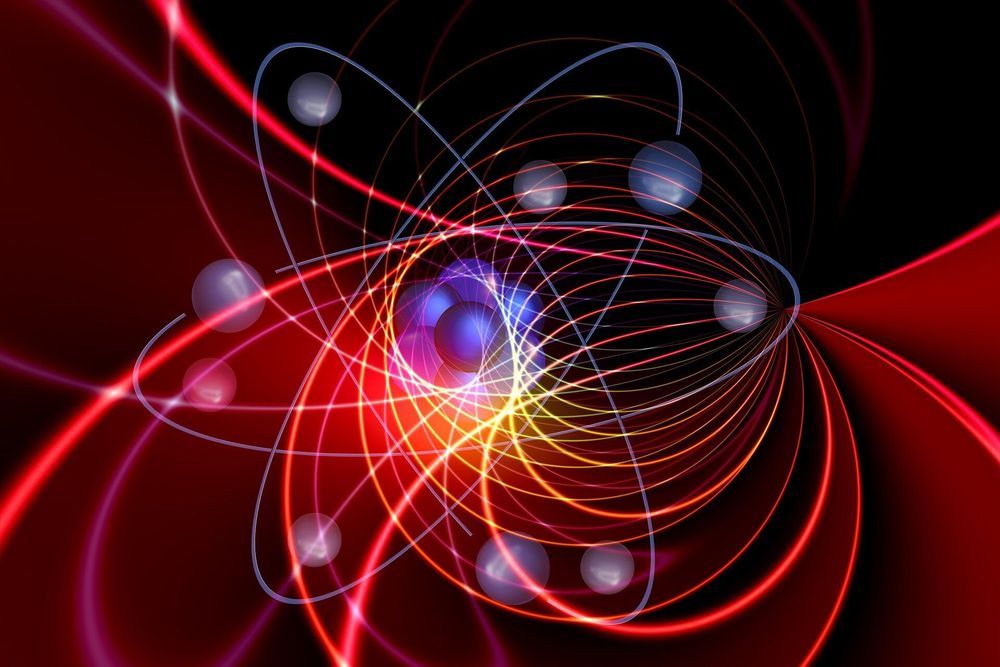
A group of scientists from the RIKEN Center for Emergent Matter Science in Japan has succeeded in taking repeated measurements of the spin of an electron in a silicon quantum dot (QD) without changing its spin in the process. This type of “non-demolition” measurement is important for creating quantum computers that are fault-tolerant. Quantum computers would make it easier to perform certain classes of calculations such as many-body problems, which are extremely difficult and time-consuming for conventional computers. Essentially, the involve measuring a quantum value that is never in a single state like a conventional transistor, but instead exists as a “superimposed state”—in the same way that Schrodinger’s famous cat cannot be said to be alive or dead until it is observed. Using such systems, it is possible to conduct calculations with a qubit that is a superimposition of two values, and then determine statistically what the correct result is. Quantum computers that use single electron spins in silicon QDs are seen as attractive due to their potential scalability and because silicon is already widely used in electronics technology.
The key difficulty with developing quantum computers, however, is that they are very sensitive to external noise, making error correction critical. So far, researchers have succeeded in developing single electron spins in silicon QDs with a long information retention time and high-precision quantum operation, but quantum non-demolition measurement—a key to effective error correction—has proven elusive. The conventional method for reading out single electron spins in silicon is to convert the spins into charges that can be rapidly detected, but unfortunately, the electron spin is affected by the detection process.
Now, in research published in Nature Communications, the RIKEN team has achieved such non-demolition measurement. The key insight that allowed the group to make the advance was to use the Ising type interaction model—a model of ferromagnetism that looks at how the electron spins of neighboring atoms become aligned, leading to the formation of ferromagnetism in the entire lattice. Essentially, they were able to transfer the spin information—up or down—of an electron in a QD to another electron in the neighboring QD using the Ising type interaction in a magnetic field, and then could measure the spin of the neighbor using the conventional method, so that they could leave the original spin unaffected, and could carry out repeated and rapid measurements of the neighbor.
Scientists uncovered a new state of matter that could lead us to many exciting new forms of quantum computing and teleportation.
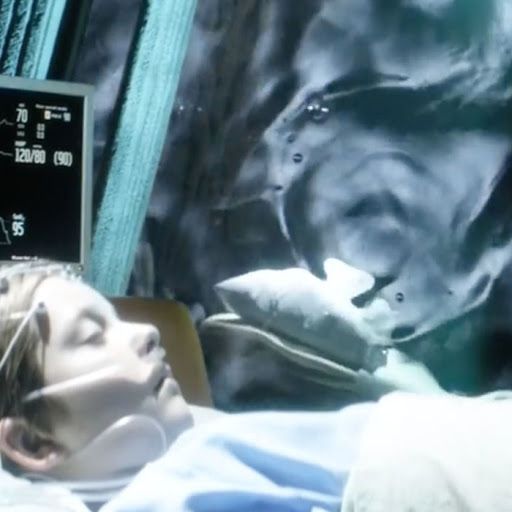
When you see an unconscious patient in a movie, you sometimes see their thoughts onscreen (like in The 9th Life of Louis Drax, above) or at least hear a voiceover.
That may not entirely stay in science fiction. Adrian Owen, neuroscientist and Professor of Cognitive Neuroscience and Imaging at the University of Western Ontario, Canada, and his research team are using brain-computer interfaces with advanced technology to get answers directly from people who can’t answer for themselves any other way. Any critical decisions for patients unable to communicate are usually made for them.
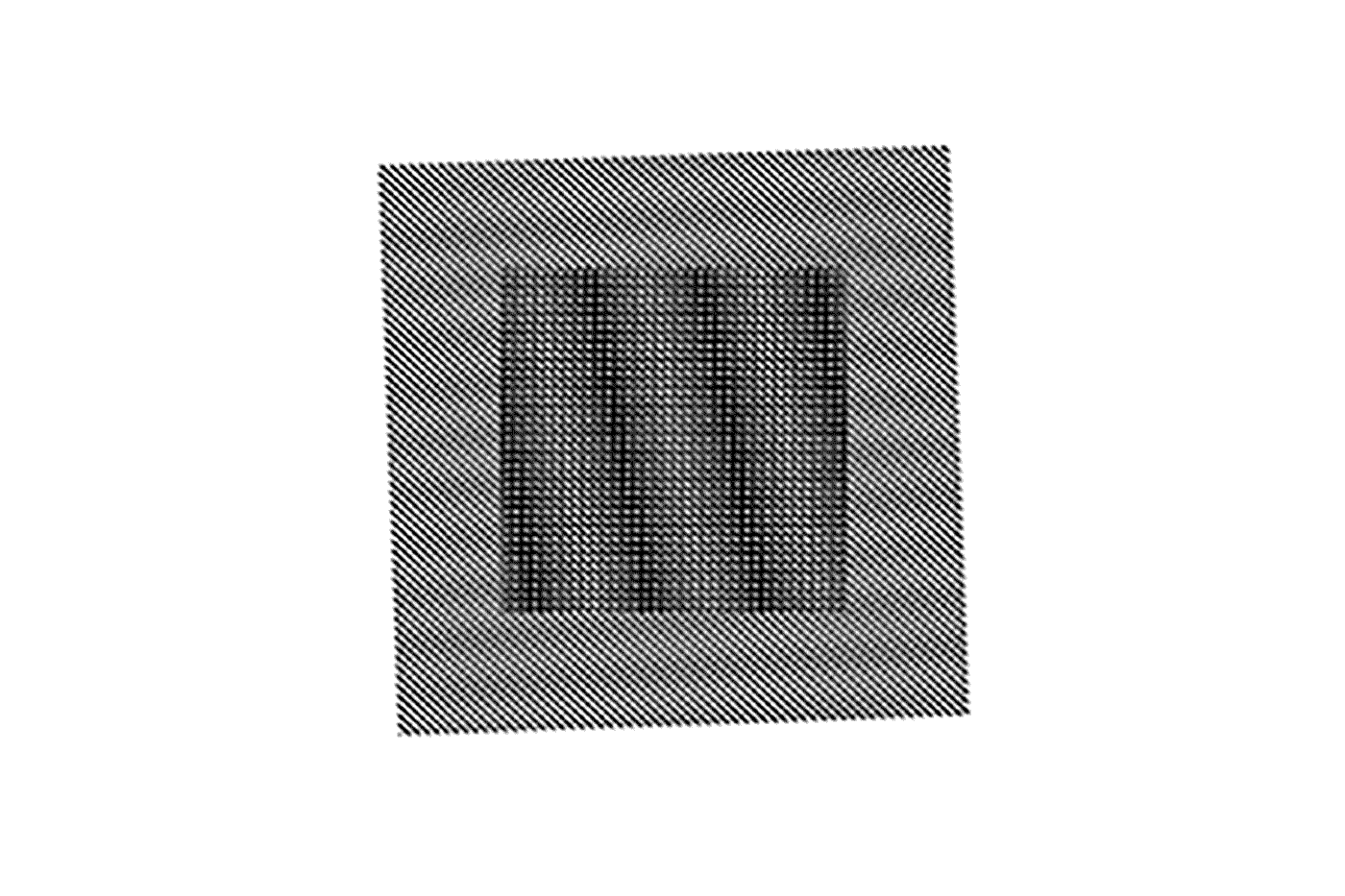
Humans have been studying electric charge for thousands of years, and the results have shaped modern civilization. Our daily lives depend on electric lighting, smartphones, cars, and computers, in ways that the first individuals to take note of a static shock or a bolt of lightning could never have imagined.
Now, physicists at Northeastern have discovered a new way to manipulate electric charge. And the changes to the future of our technology could be monumental.
“When such phenomena are discovered, imagination is the limit,” says Swastik Kar, an associate professor of physics. “It could change the way we can detect and communicate signals. It could change the way we can sense things and the storage of information, and possibilities that we may not have even thought of yet.”
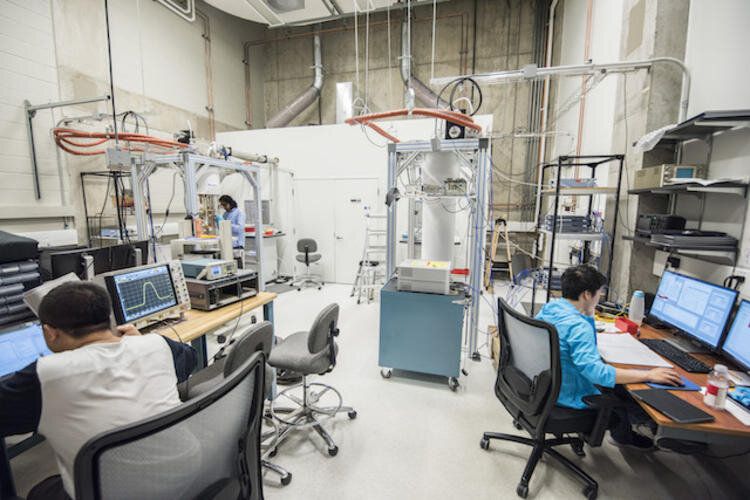
Researchers from the Institute for Quantum Computing (IQC) at the University of Waterloo report the first occurrence of directly splitting one photon into three.
The occurrence, the first of its kind, used the spontaneous parametric down-conversion method (SPDC) in quantum optics and created what quantum optics researchers call a non-Gaussian state of light. A non-Gaussian state of light is considered a critical ingredient to gain a quantum advantage.
“It was understood that there were limits to the type of entanglement generated with the two-photon version, but these results form the basis of an exciting new paradigm of three-photon quantum optics,” said Chris Wilson, a principle investigator at IQC faculty member and a professor of Electrical and Computer Engineering at Waterloo.
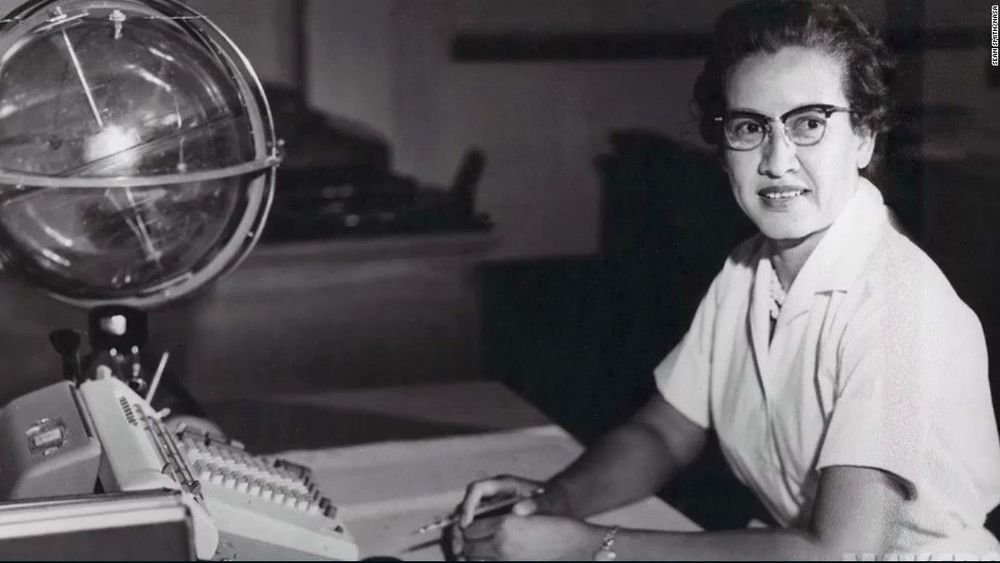
NASA announced Johnson’s death on Monday.
Johnson was part of NASA’s “Computer Pool,” a group of mathematicians whose data powered NASA’s first successful space missions. The group’s success largely hinged on the accomplishments of its black women members.
Johnson was among a group of black women mathematicians who helped power NASA’s space travel in the early 1960s when the agency was still segregated.
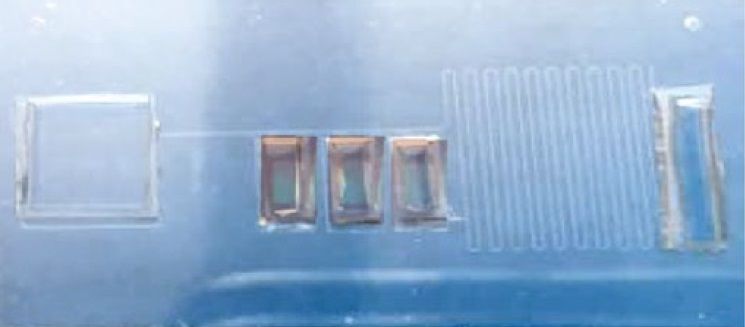
Researchers in the UK claim to have developed a microfluidic chip that can rapidly tell whether someone has suffered a traumatic brain injury from a finger-prick blood sample. The optofluidic device detects a biomarker linked to brain injury, based on the way that it scatters light (Nat. Biomed. Eng. 10.1038/s41551-019‑0510-4).
An optofluidic device uses Raman spectroscopy to detect a biomarker in blood associated with traumatic brain injury.